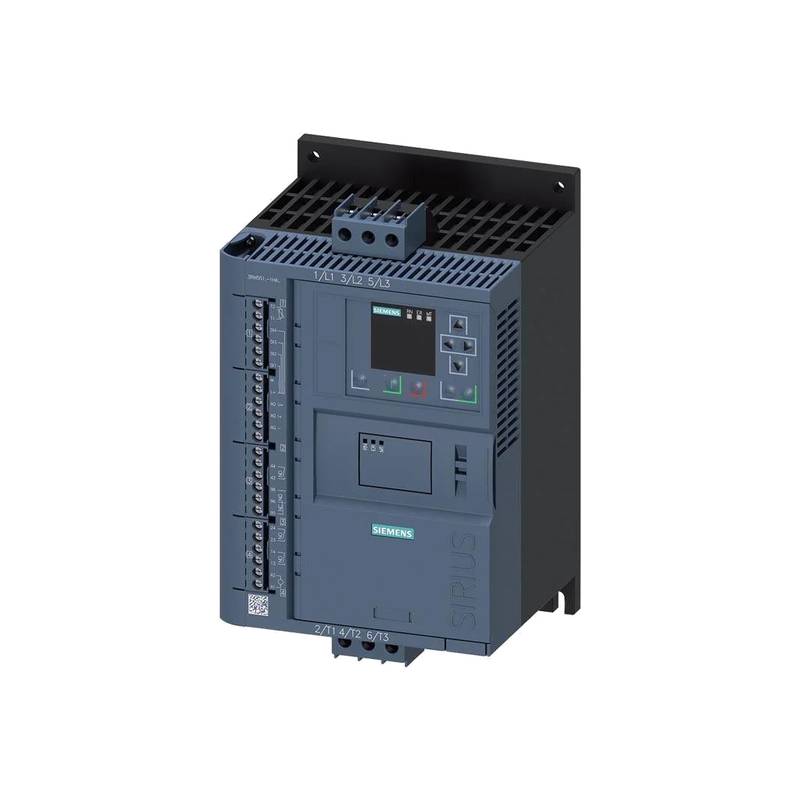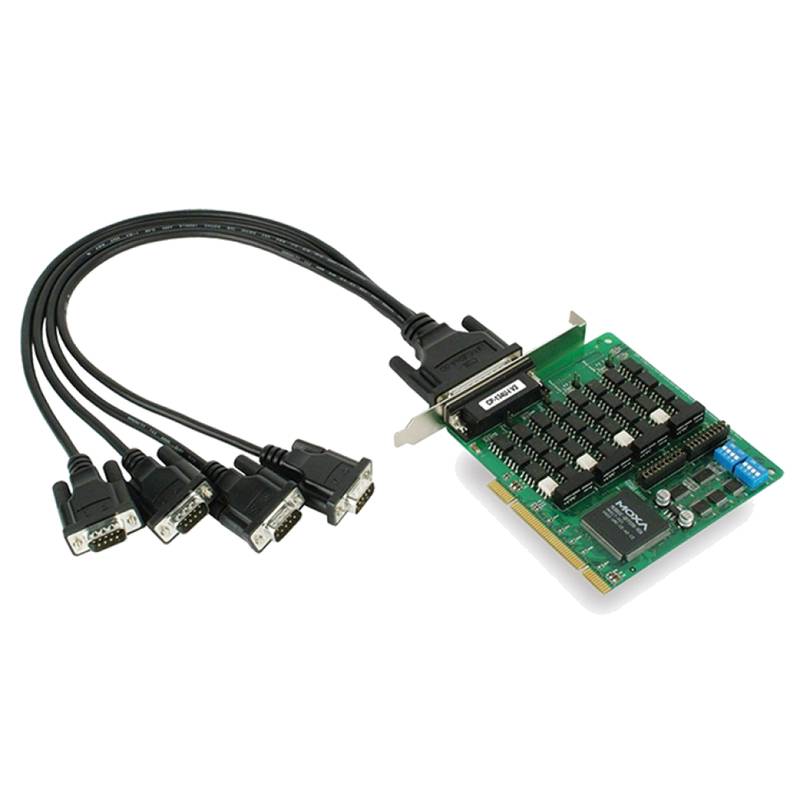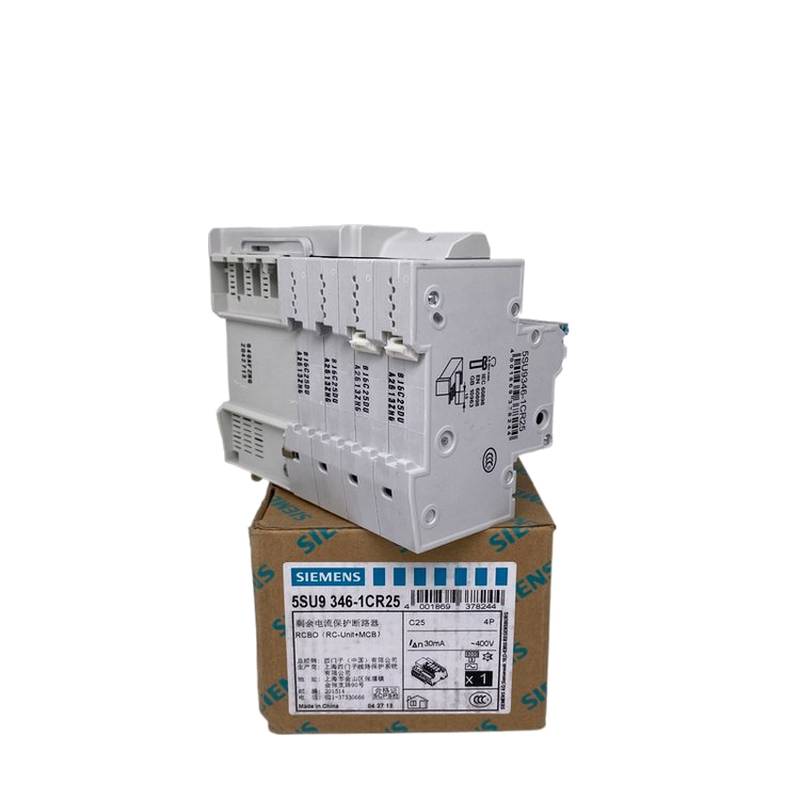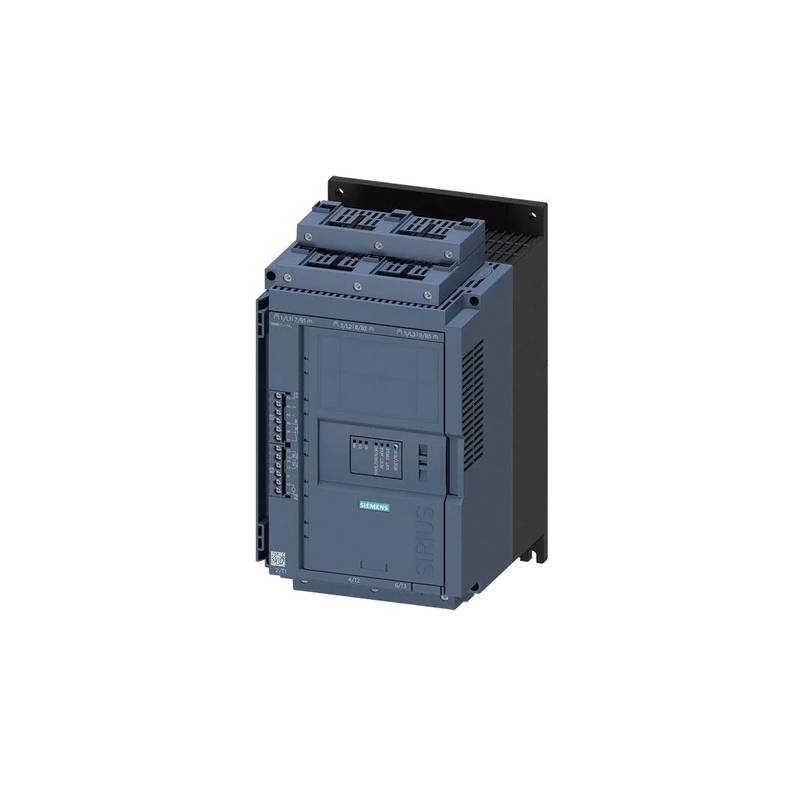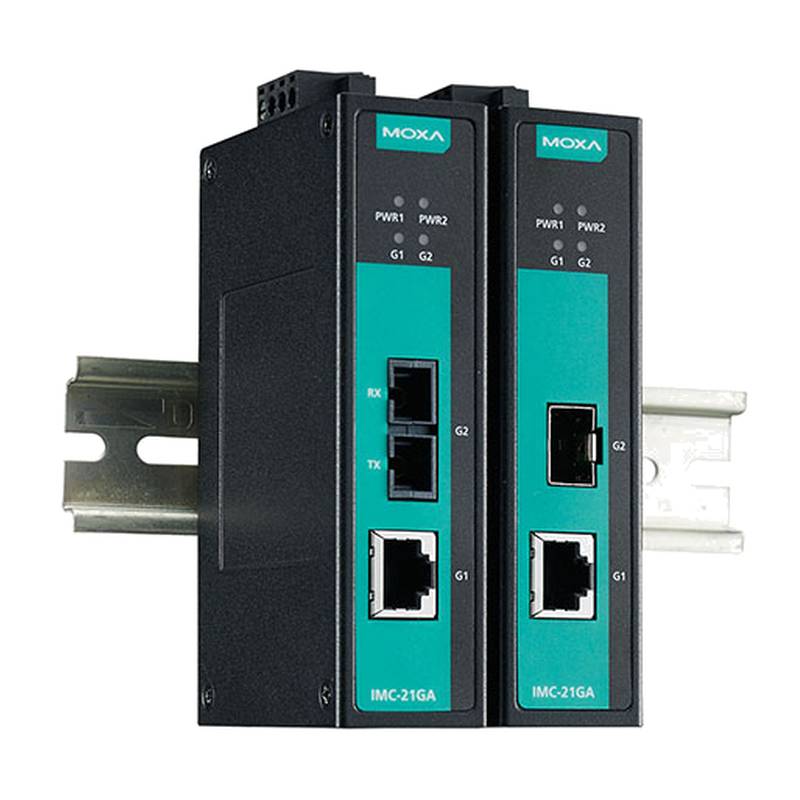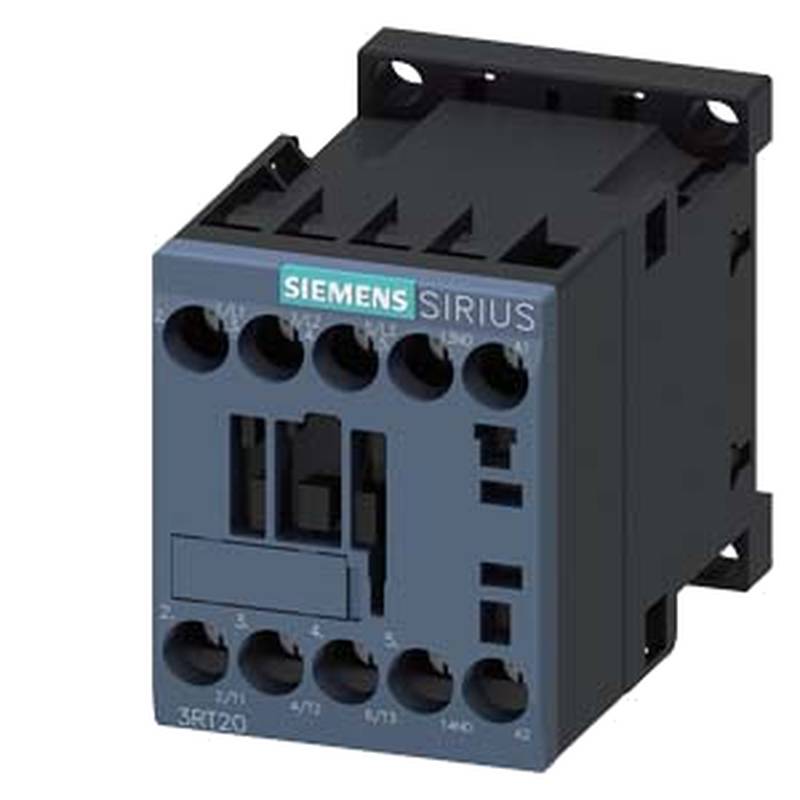
The INVT GD350A-200G/220P-4 High Performance Vector Industrial VFD stands as a robust solution for demanding industrial automation tasks, offering superior motor control and energy efficiency. This advanced Variable Frequency Drive (VFD) delivers exceptional performance through its sophisticated vector control algorithms, ensuring precise speed and torque regulation across a wide range of applications. Key advantages include its high starting torque, excellent dynamic response, and comprehensive protection features, making it a reliable choice for powering critical machinery.
Product Specifications
| Parameter | Value |
| :-------------------- | :----------------------------------- |
| Model Number | GD350A-200G/220P-4 |
| Rated Power (kW) | 200G: 200 kW / 220P: 220 kW |
| Rated Voltage (V) | 400V (3-Phase) |
| Input Voltage Range | 3-Phase 304V - 460V |
| Output Frequency Range| 0-3000 Hz |
| Control Method | Sensorless Vector Control, V/f Control |
| Overload Capacity | 150% rated current for 60s, 180% for 10s |
| Protection Features | Overvoltage, undervoltage, overload, overheat, phase loss, etc. |
| Communication Options | RS485 (Modbus), Optional Fieldbus cards |
| Dimensions (approx.) | Varies by model, consult datasheet |
Core Features & Market Positioning
The INVT GD350A-200G/220P-4 distinguishes itself in the competitive industrial VFD market through its high-performance vector control, enabling unparalleled precision in motor speed and torque management. This drive excels in applications requiring rapid acceleration, deceleration, and consistent operation under fluctuating loads. Its robust design and advanced thermal management system ensure reliable operation in harsh industrial environments, positioning it as a premium, dependable choice for critical processes. The GD350A series is recognized for its cost-effectiveness without compromising on advanced functionality.
Key Application Scenarios
This high-performance VFD is ideally suited for a variety of demanding industrial applications. It is commonly deployed in heavy machinery, such as large pumps and fans in HVAC systems, conveyors in material handling, extruders and injection molding machines in plastics manufacturing, and machine tools requiring precise motion control. The drive's ability to deliver high starting torque and maintain stable operation makes it an excellent choice for applications with frequent start-stop cycles or significant load variations, such as those found in mining, metallurgy, and chemical processing industries.
Practical System Integration Guidance
Integrating the INVT GD350A-200G/220P-4 into existing systems is streamlined due to its flexible communication options and straightforward wiring. For optimal performance, ensure proper power and motor wiring, adhering strictly to the provided terminal connection diagrams to prevent damage. The drive supports standard Modbus RTU via RS485 for seamless integration with SCADA and PLC systems, allowing for remote monitoring and control. Parameter programming is accessible through the integrated keypad or via PC software, facilitating efficient commissioning and customization for specific application needs. Advanced users can leverage the drive's programmable logic functions for simplified automation tasks within the drive itself.
Operation and Risk Mitigation
Safe operation of the INVT GD350A-200G/220P-4 necessitates adherence to all local electrical codes and safety regulations. Ensure that the VFD is properly grounded and that all personnel involved in installation, operation, or maintenance are qualified and aware of potential electrical hazards. Critical fault codes are displayed on the drive's interface, providing immediate insight into operational issues; common codes such as "Overcurrent" or "Overvoltage" often indicate incorrect parameter settings, motor issues, or power supply problems. Regular inspection of power and control wiring, along with monitoring operating temperatures, are key practices for preventing malfunctions and extending the drive's lifespan.
Scalability & Long-Term Value
The INVT GD350A-200G/220P-4 offers significant long-term value through its inherent scalability and compatibility with modern industrial control architectures. Its robust design ensures longevity, while its support for various communication protocols, including optional fieldbus cards, allows for easy integration into expanding or upgrading IIoT and Industry 4.0 environments. The drive's advanced control capabilities can be readily adapted to new automation strategies, minimizing the need for complete system overhauls. This foresight in design ensures that the GD350A series remains a relevant and efficient component of industrial operations for years to come.
Frequently Asked Questions
Q1: What is the primary benefit of the GD350A-200G/220P-4's vector control?
A1: Vector control offers superior motor speed and torque precision. It enables precise regulation even under varying load conditions. This results in smoother operation and better process accuracy.
A2: This advanced control method ensures high starting torque. It also provides excellent dynamic response for rapid changes. This is crucial for applications with frequent start-stop cycles.
A3: It significantly improves energy efficiency by optimizing motor performance. This reduces operational costs over the drive's lifespan. It is a key advantage for large industrial motors.
Q2: How do I connect the INVT GD350A-200G/220P-4 to a PLC?
A1: The drive supports Modbus RTU communication via RS485. This is the standard method for PLC integration. Ensure correct wiring of A and B lines.
A2: Configure the VFD's communication parameters to match your PLC's settings. This includes baud rate, data bits, parity, and stop bits. Refer to the drive's manual for specific addresses.
A3: Use appropriate software tools for both the VFD and PLC to establish communication. Test data exchange for commands and feedback. This ensures seamless remote control and monitoring.
Q3: What are common troubleshooting steps for the INVT GD350A-200G/220P-4?
A1: Check for error codes displayed on the VFD. Consult the manual to identify the fault and its cause. Common issues include overcurrent, overvoltage, or thermal overload.
A2: Verify all power and motor wiring connections are secure and correct. Ensure the input voltage is within the specified range for the drive. Loose connections can cause intermittent faults.
A3: Review the drive's parameter settings to confirm they are appropriate for the connected motor and application. Resetting parameters to factory defaults may be a useful step if configuration is uncertain.
Q4: Can this VFD control different types of motors?
A1: Yes, the GD350A series is designed to control three-phase induction motors effectively. It supports both sensorless vector and V/f control modes.
A2: It can also be configured for synchronous motors in some variants, offering flexibility. Always confirm motor compatibility with the specific drive model and settings.
A3: Ensure the motor's nameplate data is accurately entered into the VFD parameters. This is crucial for optimal performance and protection in any motor control mode.
Q5: What is the overload capacity of this VFD?
A1: The INVT GD350A-200G/220P-4 offers substantial overload capability. It can handle 150% of its rated current for up to 60 seconds.
A2: For short, demanding peak loads, it can sustain 180% of rated current for 10 seconds. This ensures reliable operation during transient high-demand situations.
A3: This robust overload capacity is essential for applications involving high inertia loads or frequent acceleration demands, such as in conveyor systems or presses.
Q6: How does the GD350A-200G/220P-4 handle environmental factors?
A1: The drive is built with robust thermal management systems. This ensures reliable operation in demanding industrial environments. It can withstand elevated ambient temperatures.
A2: Its enclosure design offers protection against dust and contaminants. This is critical for longevity in harsh factory settings. Always check the IP rating for specific models.
A3: It is designed to operate within a specified voltage range. Fluctuations outside this range can trigger protection features. Stable power supply is recommended.
Q7: What communication options are available besides RS485?
A1: While RS485 with Modbus is standard, the drive supports optional communication cards. These cards enable integration with various industrial networks.
A2: Common optional modules include those for PROFIBUS, PROFINET, DeviceNet, and EtherNet/IP. This provides flexibility for different automation systems.
A3: Selecting the appropriate communication card ensures seamless data exchange and control within diverse factory automation architectures. Consult INVT for available options.
Q8: How can I perform a motor auto-tuning with this VFD?
A1: The INVT GD350A series features an auto-tuning function for sensorless vector control. This calibrates the drive to the motor's characteristics for optimal performance.
A2: Initiate the auto-tuning process through the VFD's keypad or configuration software. Ensure the motor is disconnected from any load during this procedure.
A3: Accurate auto-tuning is vital for achieving precise torque control and efficient operation. It compensates for variations in motor parameters, ensuring the best possible performance.
Q9: What safety features are included in the GD350A-200G/220P-4?
A1: The drive incorporates comprehensive protection features. These include overvoltage, undervoltage, overload, and over-temperature protection.
A2: It also provides protection against motor phase loss and output phase loss. These features safeguard both the drive and the connected motor from damage.
A3: An emergency stop function can be implemented through the control inputs, allowing for rapid cessation of motor operation in critical situations. Always follow safe work practices.
Q10: What is the typical lifespan and maintenance requirement for this VFD?
A1: With proper installation and operation, the GD350A-200G/220P-4 offers a long service life. Regular preventative maintenance is key to maximizing its lifespan.
A2: Maintenance typically involves periodic inspection of electrical connections, cleaning of cooling vents and fans, and checking for any signs of wear or damage. Firmware updates may also be beneficial.
A3: Following recommended operating parameters, avoiding excessive ambient temperatures, and ensuring clean power input will significantly contribute to the drive's reliability and longevity.
















